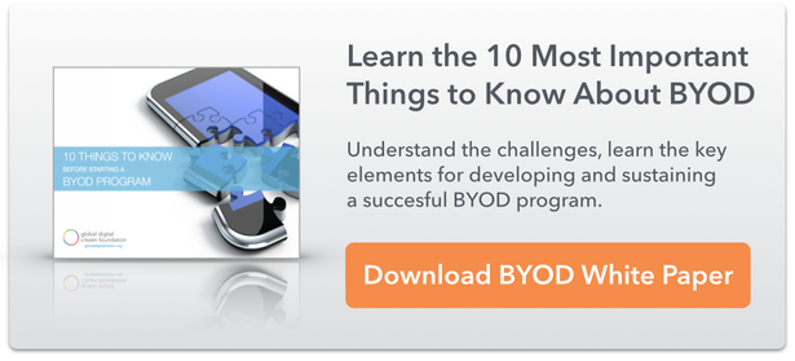Project Researching Benefits of iPads for Kids
Waikato research into how children think when they use iPads in learning is one of eight projects to get a share of $1.7 million in funding.
Dr Garry Falloon, of University of Waikato, has a special interest in eLearning and has been working with iPads and Leamington Primary School for about three years.
The joint project has been given almost $130,000 over two years in the Teaching and Learning Research Initiative (TLRI) 2014 funding round.
Two other projects involving Waikato University also benefited.
The learning possibilities with the iPad and similar devices intrigue associate professor Falloon.
"This is the way of the future. There's no doubt about it. It's just finding the way to use it," Falloon said. "It's a gadget. It's a device. It can't be a teacher. . . It's not a teaching machine."
Falloon has been looking at the kinds of conversation and thinking that happen when students have a specially-designed task to complete using iPads.
And he can analyse their interactions with a specially-made app embedded in the iPads - it records the pupils' voices and where their fingers are on the screen.
One task example was five and six-year-old pupils learning about the habitat of lions. They visited the National Geographic for Kids site with information to discover. Using the text to speak function they could have it read to them and pick out key words such as "meat eater" and "grasslands", which they then wrote onto a pad.
For newcomers to school, "that's pretty cool", Falloon said.
His research involves hours of going through recordings from such activities to code the kind of thinking which is going on, from low-level fact recording to higher-level analysis and synthesis.
"This is the way of the future. There's no doubt about it. It's just finding the way to use it."
Leamington School principal Mike Malcolm said the iPad was more effective for group work than a laptop or desktop.
"When kids are using the technology together it sits on the table and you have multiple kids and multiple fingers tracking around on the screen."
But, "iPads by themselves don't raise student achievement," he said.
Leamington School looked at the concept of future-focused learners and saw technology as a tool to allow learners to develop their skills, he said.
And there were also days when the iPads were used very little because pencils, paintbrushes or crayons were right for the task.
At the moment there is little research out on of iPads and tablets in the classroom, Falloon said.
There are critics of the new technology and Falloon wonders if it has always been the same.
The TLRI, which awarded the project's recent funding, aims to build knowledge about teaching and learning that will help learners achieve more.
The fund is open to the early childhood, school and post-school sectors, and is co-ordinated by the New Zealand Council for Educational Research on behalf of the Ministry of Education.
Falloon's project - Exploring student thinking and problem solving in iPad-supported learning environments - received $129,975 over two years.
Another project in the digital domain is led by University of Waikato researchers is Enhancing teaching and learning of primary mathematics through the use of apps.
Principal investigators Drs Nigel Calder and Carol Murphy have received $199,822 over two years to work with two Papamoa schools to see how apps can influence primary pupils' math learning.
And flipped classrooms for first-year electronic engineering pupils is the focus of research by the University of Waikato's Drs Mira Peter and Elaine Khoo - awarded $199,850 over two years.
The flipped classroom system essentially swaps the traditional lesson and homework - pupils learn the basic concepts before class and do the practice and testing of ideas at school.
This article was featured on Stuff NZ on December 20 2014 and was written by Libby Wilson.

